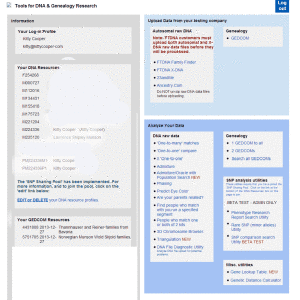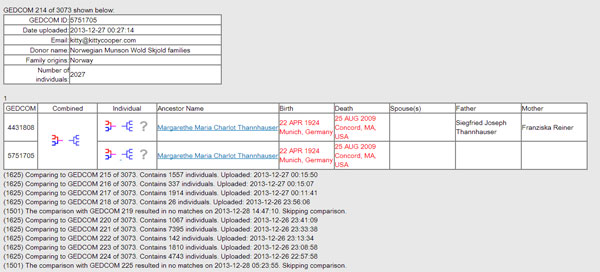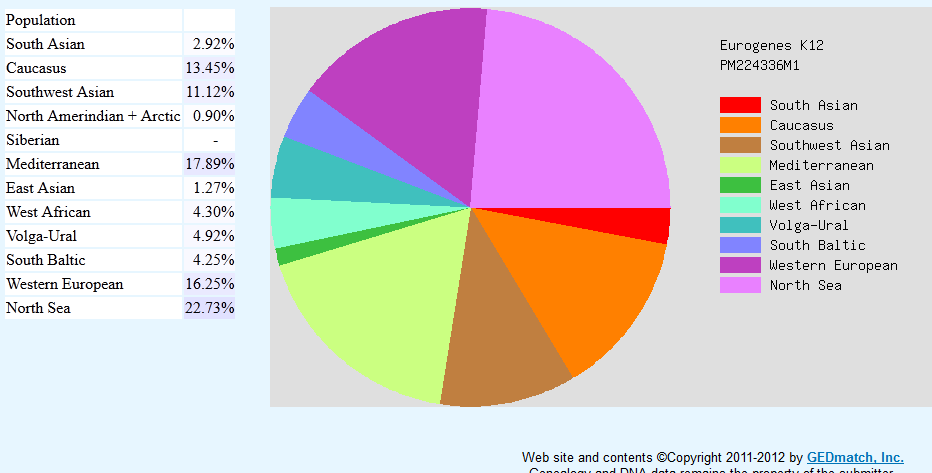Maybe you tested your DNA to prove or disprove a genealogical theory. Or maybe you tested to check on your health risks or carrier status. But now you see all these possible 3rd to 5th cousins in your family finder or relative finder lists and you wonder if you are related and if you can find that relationship. Perhaps you contacted a few and had almost no responses.
 Yes you are probably related, but without both of you having a good paper trail you would be most lucky to actually find that relationship. It is likely to be further back than suggested if your ancestors were at all endogamous. Just living in the same location for a few hundred years can lead to much inadvertent intermarrying and more common DNA than degree of relationship would expect. So autosomal DNA testing is no genealogical shortcut. Some of the people you contacted already know this, so if they saw no common surnames or places on your profile they may have lost interest.
Yes you are probably related, but without both of you having a good paper trail you would be most lucky to actually find that relationship. It is likely to be further back than suggested if your ancestors were at all endogamous. Just living in the same location for a few hundred years can lead to much inadvertent intermarrying and more common DNA than degree of relationship would expect. So autosomal DNA testing is no genealogical shortcut. Some of the people you contacted already know this, so if they saw no common surnames or places on your profile they may have lost interest.
So be prepared before contacting those likely 3rd to 5th cousins.
- Have an easily readable pedigree chart in both PDF and online format (GEDmatch can do the latter, more on GEDmatch later)
- Another good tool is a list of about 12 generations of ancestors by place name. Much easier for a possible relative to scan.
- Do some reading on the basics. UPDATE 9-sep-2018 See my article – http://blog.kittycooper.com/dna-basics/
- Try to talk some close relatives into testing so you have more data to work with
- Last but not least, make a decision on how much time you want to devote to this project … warning it can be addictive
If you want to do the minimum, then scan the localities and surnames of these possible cousins and contact the ones with surnames or place names in common with you. Indicate in your message that this is the reason for contact. Include the URL for your pedigree or family site and offer to send the PDF files. Include your email address if you are using the 23andme messaging system. The more directed the contact, the more likely you will hear back. I recently went through and cancelled some of my early invitations and send new improved ones on the lines above and got four new shares.
Continue reading →



